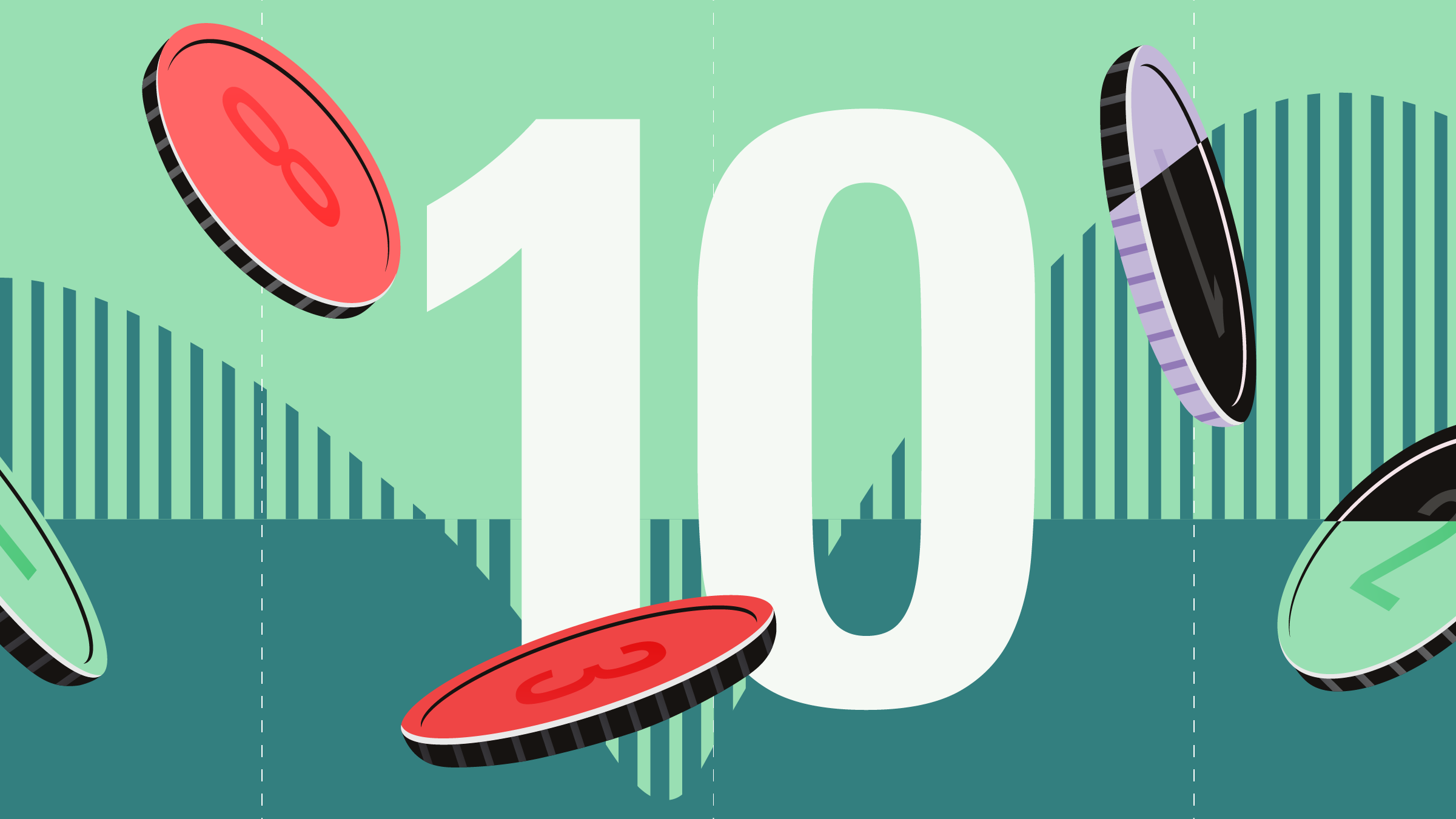
Apple (AAPL) held its annual iPhone launch event last night and the firm unveiled two OLED models and one LCD model – the iPhone Xs, Xs Max, and XR, respectively.
After incorporating Apple's latest pricing and roll-out schedule into our valuation we are raising our fair value estimate to $200 from $175 per share, as we assume higher future average selling prices, or ASPs, into our model, despite constant sales.
Given that customers have shown a willingness to pay a premium for Apple’s flagship devices despite intense competition across the high-end smartphone market, Apple’s pricing of its latest iPhone line-up implies management expects strong customer loyalty to persist.
However, we still view shares of this smartphone titan as overvalued, as we think the market may be too bullish on near-term and long-term iPhone revenue; ASPs for the iPhone may remain elevated into the future but we don’t foresee strong volume growth given the marginal nature of the improvements in this year’s iPhones and, likely, future models.
We note the firm doubled down on its premium price strategy after raising the bar on price last year with the iPhone X. Specifically, its iPhone Xs takes the $999 price point in the US while the Xs Max occupies the $1,099 slot normally reserved for the "Plus" or larger variant. Meanwhile, the iPhone XR, the LCD version of the iPhone Xs, comes in at $749. This price for the lower-end device marks another price increase of $50 from the iPhone 8 last year.
Historically, very strong iPhone launches are often followed by pauses in upgrades. This was evident in the 2016 financial year with the iPhone 6s. We see potential for this dynamic to occur once more, though we surmise many users who continue to hold iPhone 6 and 7 devices may find the lower-priced iPhone 7 and 8 – $449 and $599, respectively – appealing, which could provide added upside to iPhone sales in 2019.
Notable absences from Apple’s line-up were the year-old iPhone X and low-cost iPhone SE. In our view, we think Apple wanted to keep OLED versions at or above the $999 threshold thus thought reducing the price of the iPhone X was not economical given the high cost of OLED displays.
On the contrary, the lack of the SE model also illustrates how Apple wants to primarily cater to the premium smartphone contingent, while offering consumers looking for lower-cost alternatives only discounted older devices, which gives Apple flexibility in working down excess inventories, addressing certain market segments, all while skewing its ASPs higher.
New and Old iPhone Models Reshuffled
This balancing act is a precarious one, in our view, but we think it is clear that Apple would prefer to maintain the premium status of its iPhone rather than gain lower-level share, as it gives its brand an aura of affluence. We note that Apple would still have a long way to go to race to the bottom on pricing when compared with entry-level Android-based smartphones.
In our view, the iPhone XR and XS are the successors to the iPhone 8 and X, respectively. Both new devices have edge-to-edge screens that offer 5.8 inches of screen size, though the iPhone XR has a "liquid retina" LCD display and XS has a "super retina" OLED display similar to the iPhone X.
The iPhone XS Max has 6.5 inches of screen size, which we think should make it a hit across Asia where the “phablet” form factor is highly popular. All three models boast the Face ID technology pioneered by the iPhone X, as well as the Apple designed, TSMC-manufactured 7-nanometer A12 Bionic processor.
The A12 includes an internally developed central processor, graphics processor, image signal processor, and neural engine for deep learning tasks such as identifying faces with Face ID and augmented reality, or AR, tasks.
However, we note many AR applications remain in the emoji and photography realm. Until more widespread applications are developed, we believe many iPhone 6, 7, and 8 users may not feel compelled to upgrade their devices as quickly as management would hope. However, those who do upgrade are likely to pay higher ASPs per iPhone than in the past, again based on Apple’s announced pricing structure.
In addition to the iPhones, Apple announced the Watch Series 4 that starts at $399, or $499 for the WiFi version. CEO Tim Cook reiterated that the Apple Watch remains both the top smart watch and overall watch in the world.
Notably, the firm augmented the optical heart sensor in the Series 3 watch with electrical heart sensors that can perform electrocardiograms that are usually only obtained with an expensive machine at a doctor’s office or hospital. As Apple continues to include more health, active, and other connected features, the watch has the potential to enhance the iPhone experience. Longer term, it could even replace the iPhone in certain as the WiFi variant can make calls, send and receive messages, and play music.






























